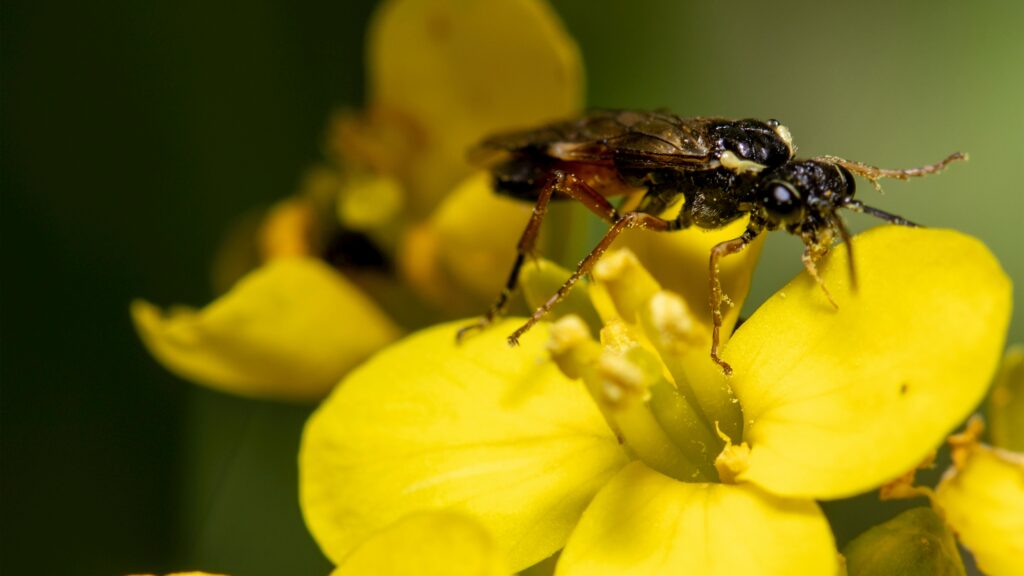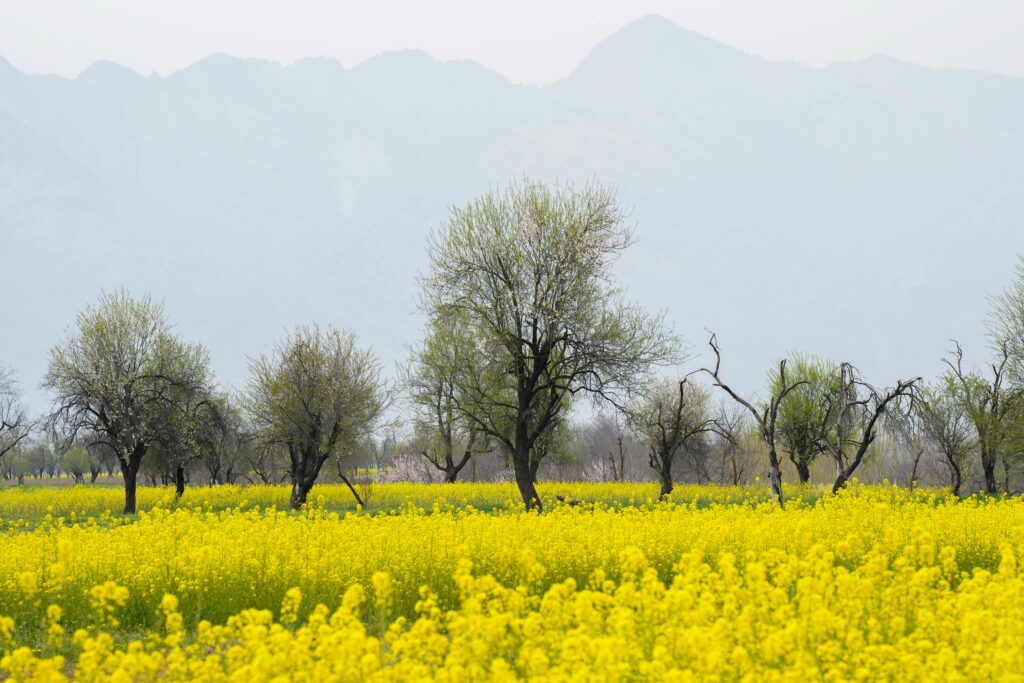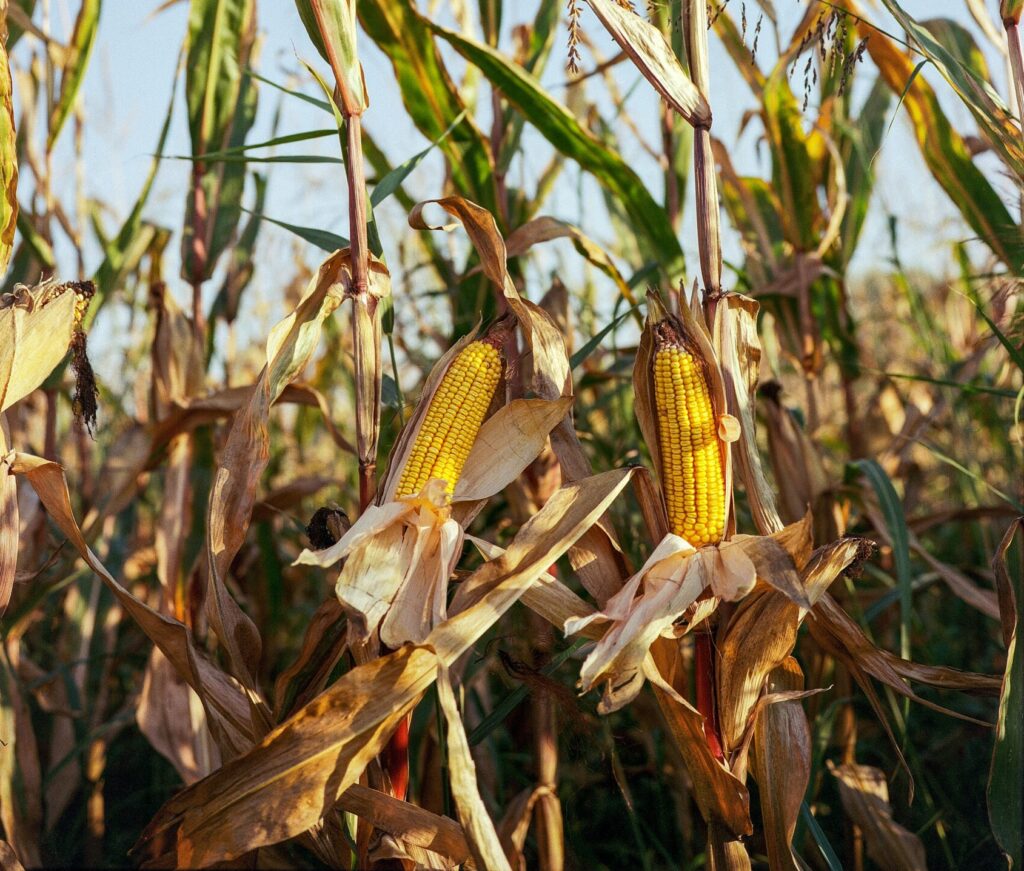Water supply is a crucial component of successful agriculture, as crops require consistent and adequate moisture to grow and produce yields. The process of supplying water to agricultural land involves several steps and methods, each tailored to the specific needs of the crops, soil, climate, and available resources.
Water Source Identification
Surface Water: Includes rivers, lakes, ponds, and reservoirs. Surface water is often used for irrigation through canals, pumps, or directly using gravity-fed systems.
- Groundwater: Extracted from underground aquifers through wells and boreholes. Groundwater is a common source of irrigation in many regions, especially where surface water is scarce.
- Rainwater Harvesting: Capturing and storing rainwater from rooftops, fields, or specially designed catchments for later use during dry periods.
- Recycled Water: Treated wastewater or greywater can be used for irrigation, particularly in water-scarce areas.
Water Storage
- Reservoirs and Ponds: Large bodies of water are created to store surface water during the rainy season for use during dry periods. Reservoirs can be natural or man-made.
- Tanks and Cisterns: Smaller storage solutions, often used for capturing and storing rainwater or groundwater. These are common in small-scale farming.
- Check Dams: Structures built across streams or rivers to slow down water flow, allowing more water to infiltrate the soil or be stored for later use.
Water Distribution Systems
- Canals and Channels: Networks of open channels that transport water from the source to the fields. These are often used in large-scale farming and rely on gravity to move water.
- Pipes and Pumps :Used to transport water from sources like wells, reservoirs, or rivers to the fields. Pumps are often necessary to move water uphill or over long distances.
- Sprinkler Systems: Water is distributed over the field through a system of pipes and sprinklers that spray water over the crops. Sprinklers can be fixed or mobile, depending on the system design.
Irrigation Methods
- Flood Irrigation: The entire field is flooded with water, allowing it to soak into the soil. This is one of the oldest methods and is still widely used, especially for crops like rice.
- Furrow Irrigation: Water is directed into furrows (small channels) between crop rows. The water then seeps into the soil, providing moisture to the plants.
- Drip Irrigation: A highly efficient method where water is delivered directly to the plant roots through a network of tubes and emitters. This method conserves water and reduces evaporation losses.
- Sprinkler Irrigation: Sprinklers mimic natural rainfall by distributing water through the air, providing uniform coverage across the field. This method is suitable for a wide range of crops and soil types.
- Subsurface Irrigation: Water is delivered directly to the root zone through buried pipes or tubes, minimizing evaporation and surface runoff.
Water Management
- Scheduling: Determining the optimal timing and frequency of irrigation based on crop needs, soil moisture levels, and weather conditions. Proper scheduling helps avoid over- or under-watering.
- Soil Moisture Monitoring: Using tools like tensiometers, soil moisture sensors, or even simple observation to assess soil moisture levels and adjust irrigation accordingly.
- Crop Selection: Choosing crops that are suited to the available water supply, whether through natural rainfall or irrigation. Drought-resistant varieties may be preferred in water-scarce regions.
- Mulching: Applying organic or synthetic mulches to the soil surface to reduce evaporation, retain moisture, and improve water efficiency.
Drainage Systems
- Surface Drainage: Channels or ditches that remove excess water from the surface of the field, preventing waterlogging and soil erosion.
- Subsurface Drainage: Underground pipes or tiles that remove excess water from the root zone, helping to maintain optimal soil moisture levels and prevent salinization.
Supplying water to agricultural land is a complex process that involves careful planning, efficient distribution systems, and sustainable management practices. Whether dealing with abundant water resources or scarce supplies, the key to successful irrigation lies in using the right methods for the specific conditions of the land and crops. By optimizing water use and ensuring that the right amount of water reaches the crops at the right time, farmers can maximize yields, conserve water, and contribute to the long-term sustainability of their agricultural practices.
















